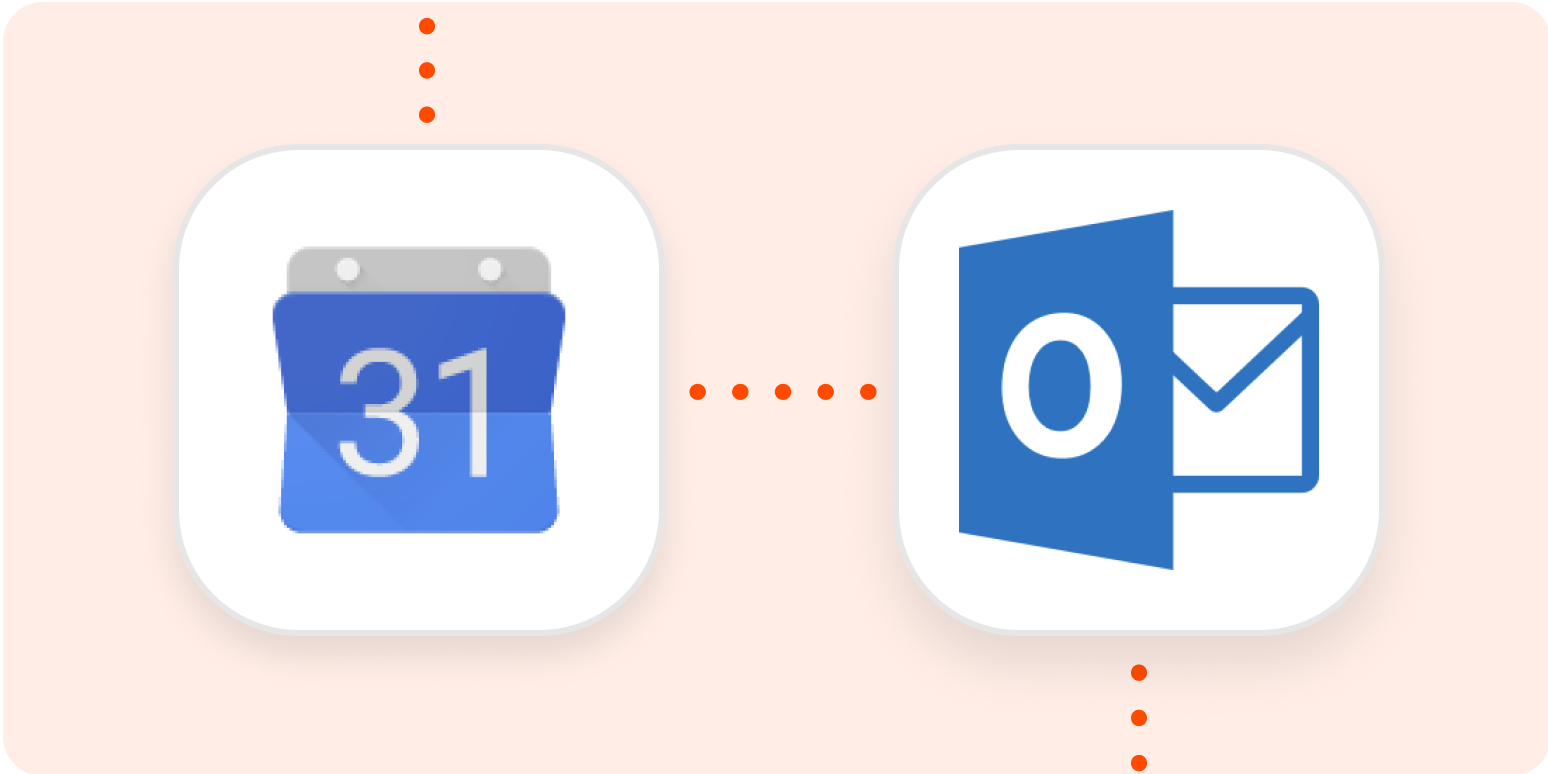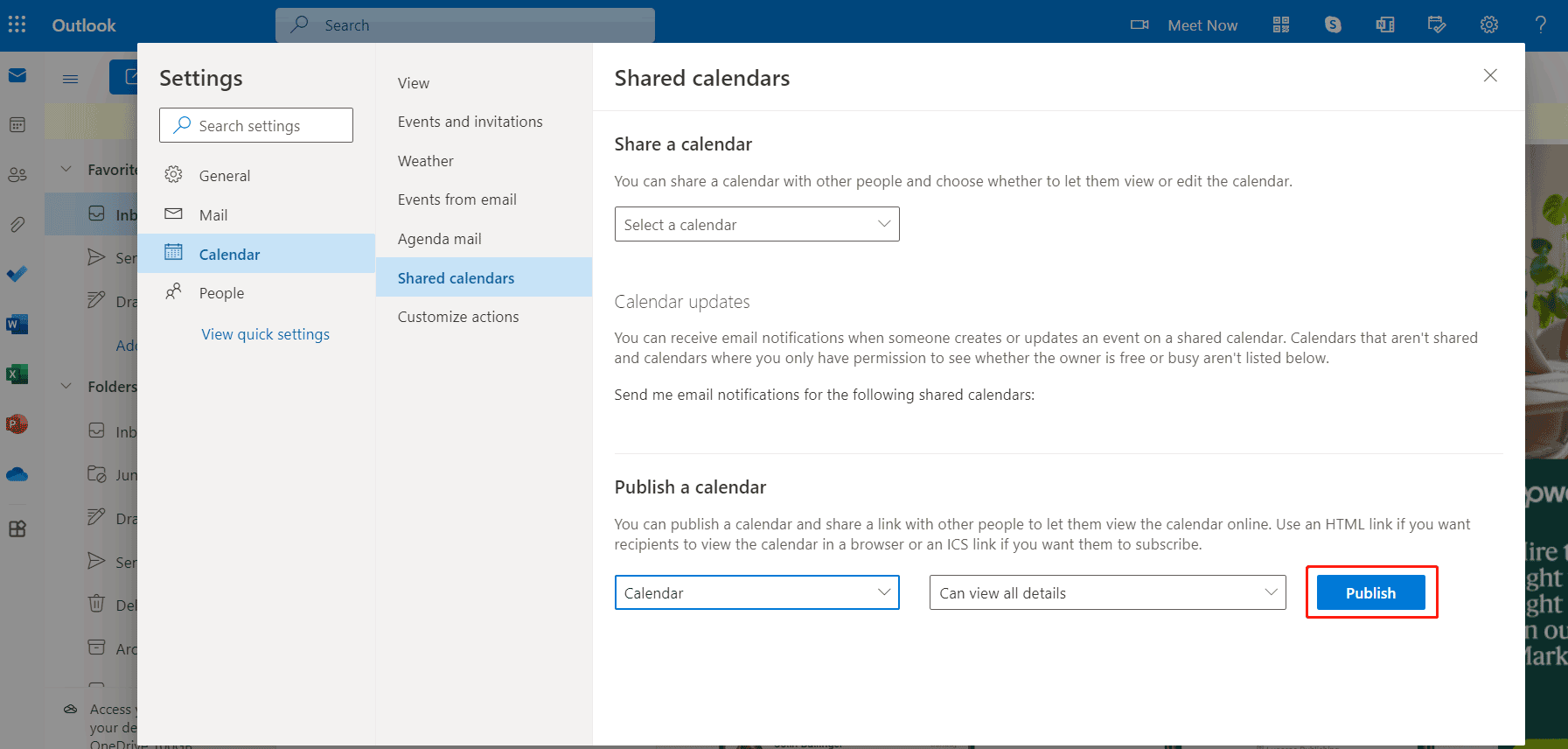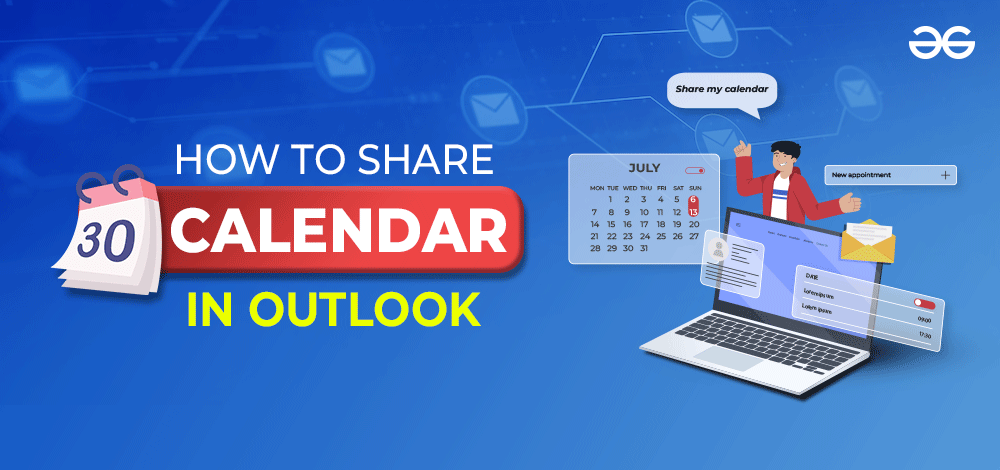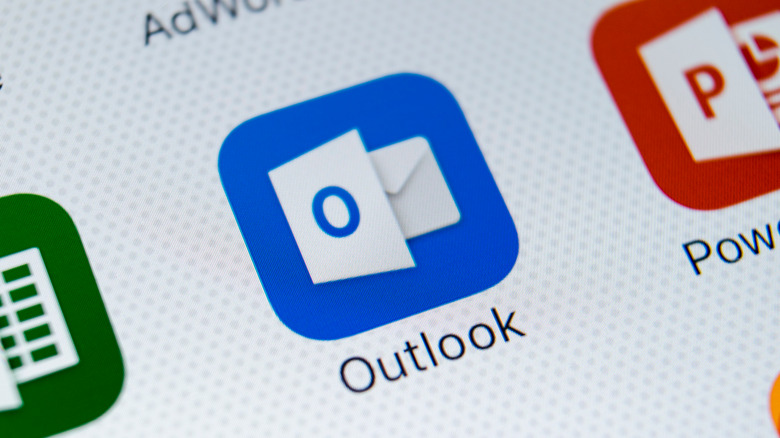Seeing Your Outlook Calendar In Google Calendar: A Complete Information
Seeing Your Outlook Calendar in Google Calendar: A Complete Information
Associated Articles: Seeing Your Outlook Calendar in Google Calendar: A Complete Information
Introduction
With nice pleasure, we are going to discover the intriguing subject associated to Seeing Your Outlook Calendar in Google Calendar: A Complete Information. Let’s weave fascinating data and supply recent views to the readers.
Desk of Content material
Seeing Your Outlook Calendar in Google Calendar: A Complete Information

For a lot of professionals, juggling a number of calendars is a every day actuality. The ever present nature of Google Calendar, coupled with the persistent use of Outlook Calendar inside organizations, typically necessitates a seamless integration between the 2. Whereas a direct, native integration is not out there, there are a number of efficient strategies to view your Outlook calendar in Google Calendar, every with its personal professionals and cons. This text will delve into these strategies, offering an in depth walkthrough of every strategy and serving to you select one of the best answer in your particular wants.
Understanding the Limitations and Challenges
Earlier than we dive into the options, it is essential to acknowledge the inherent limitations. Google and Microsoft are competing platforms, and a direct, real-time synchronization is not provided. This implies any integration will contain a point of handbook intervention or reliance on third-party functions. Components comparable to the kind of Outlook account (Alternate, IMAP, POP3), your stage of technical experience, and your privateness considerations will affect your selection.
Methodology 1: Utilizing a Third-Get together Calendar Software
A number of third-party functions focus on calendar synchronization throughout completely different platforms. These apps typically present extra refined options than the built-in strategies, comparable to two-way synchronization (modifications made in a single calendar are mirrored within the different), and superior filtering choices.
-
Standard Choices: Many respected apps can be found, each free and paid. Examples embrace:
- Calendly: Whereas primarily a scheduling instrument, Calendly can hook up with each Outlook and Google Calendar, permitting you to see your Outlook appointments inside your Calendly dashboard, which then integrates with Google Calendar. This is not a direct view, however slightly an oblique technique of seeing the data.
- Zapier/IFTTT: These automation instruments mean you can create "zaps" or "applets" that join Outlook and Google Calendar. You’ll be able to configure them to routinely add new Outlook occasions to your Google Calendar. Nonetheless, that is usually a one-way sync, which means modifications made in Google Calendar will not routinely replace Outlook.
- Different devoted calendar synchronization instruments: Quite a few different specialised apps can be found, providing various ranges of performance and pricing. Researching critiques and evaluating options earlier than selecting is essential.
-
Benefits:
- Usually supply two-way synchronization.
- Present extra options past fundamental calendar viewing.
- Can automate the synchronization course of.
-
Disadvantages:
- Requires putting in and configuring a third-party software.
- Could contain recurring subscription charges for premium options.
- Knowledge safety considerations should be thought-about; all the time select respected apps with robust privateness insurance policies.
- Potential for conflicts or errors if not correctly configured.
Methodology 2: Importing an ICS File (iCalendar)
Outlook permits you to export your calendar knowledge as an iCalendar (.ics) file. This file can then be imported into Google Calendar. This technique gives a one-time snapshot of your Outlook calendar, not a dwell, dynamic view. Any subsequent modifications in Outlook will not routinely replicate in Google Calendar.
-
Steps:
- Export from Outlook: Open Outlook, navigate to your calendar, right-click on the calendar you need to import, and choose "Export." Select the iCalendar (.ics) format.
- Import into Google Calendar: Open Google Calendar, click on the settings gear icon, choose "Settings," then "Import & Export." Click on "Choose file," select your exported .ics file, and click on "Import."
-
Benefits:
- Easy and simple course of.
- No third-party functions are required.
-
Disadvantages:
- Solely a one-time import; modifications in Outlook will not be mirrored in Google Calendar.
- Requires handbook re-importing for updates.
- Massive calendars would possibly take time to import.
Methodology 3: Using Outlook on the Internet (OWA) and Google Calendar’s Subscribe Characteristic
In case your Outlook calendar is hosted on Microsoft Alternate, you possibly can leverage Outlook on the Internet (OWA) and Google Calendar’s subscription function. This technique permits for a extra dynamic view than a easy import, as Google Calendar will periodically examine for updates. Nonetheless, it is nonetheless not a real two-way synchronization.
-
Steps:
- Acquire the calendar’s ICS hyperlink: Log into OWA. Discover your calendar, and search for an choice to "Publish" or "Share" the calendar. This could present an ICS hyperlink (typically ending in ".ics").
- Subscribe in Google Calendar: In Google Calendar, click on the "+" icon (Add calendar), then choose "From URL." Paste the ICS hyperlink and click on "Add calendar."
-
Benefits:
- Extra dynamic than a easy import; updates are periodically checked.
- Comparatively easy to arrange.
-
Disadvantages:
- Nonetheless not a real two-way synchronization.
- The frequency of updates is perhaps restricted.
- Requires entry to Outlook on the Internet.
- Adjustments made in Google Calendar will not have an effect on the Outlook calendar.
Methodology 4: Utilizing a Shared Calendar (for Collaborative Environments)
For those who’re collaborating with somebody who makes use of Outlook and you might want to see their schedule, think about using a shared calendar. This entails sharing the Outlook calendar with a Google account after which including that shared calendar to your Google Calendar. This works finest for conditions the place collaboration and mutual visibility are required.
-
Steps:
- Share the Outlook calendar: The Outlook person must share their calendar along with your Google account e-mail deal with. The sharing choices will range relying on the Outlook setup.
- Add the shared calendar to Google Calendar: In Google Calendar, you need to obtain an invite so as to add the shared calendar. Settle for the invitation to view the calendar in your Google Calendar.
-
Benefits:
- Easy and efficient for collaborative work.
- Updates are usually mirrored comparatively shortly.
-
Disadvantages:
- Requires the Outlook person to actively share their calendar.
- Solely works for calendars particularly shared with you.
- Adjustments made in Google Calendar will not replace the Outlook calendar.
Selecting the Proper Methodology:
The optimum technique will depend on your particular wants and technical expertise. For a one-time snapshot, the ICS import is enough. For extra dynamic updates, the OWA subscription or a third-party app are higher decisions. For collaborative efforts, sharing the calendar straight is the best. Contemplate the frequency of updates wanted, your consolation stage with expertise, and potential safety considerations when making your determination. Bear in mind to all the time prioritize knowledge safety and select respected apps and strategies to guard your delicate data. At all times again up your calendar knowledge recurrently, whatever the chosen technique, to mitigate the danger of information loss. Lastly, fastidiously learn the phrases and situations and privateness insurance policies of any third-party software earlier than granting entry to your calendar knowledge.








Closure
Thus, we hope this text has supplied worthwhile insights into Seeing Your Outlook Calendar in Google Calendar: A Complete Information. We thanks for taking the time to learn this text. See you in our subsequent article!
Leave a Reply